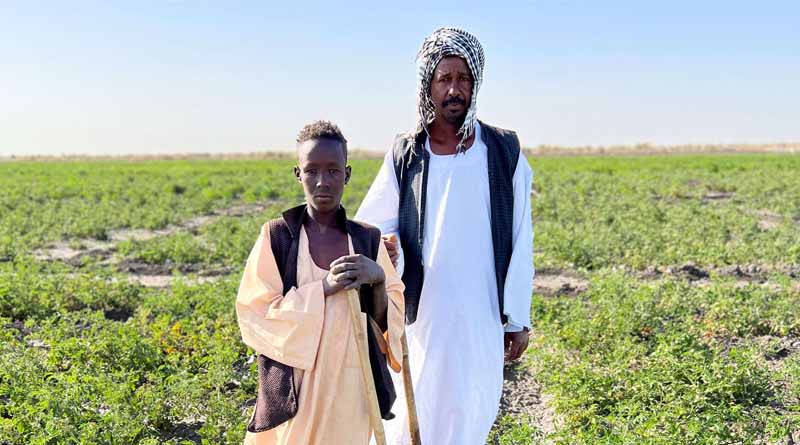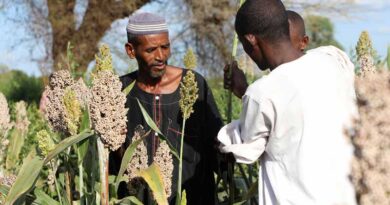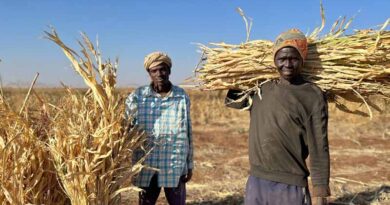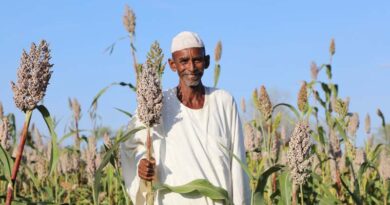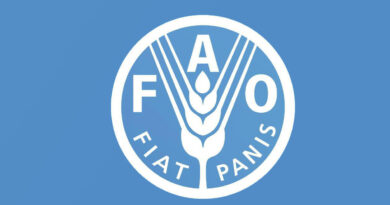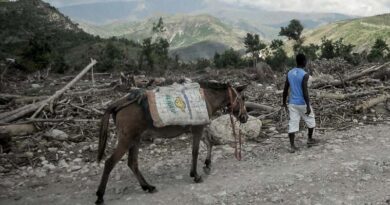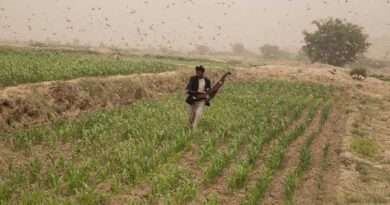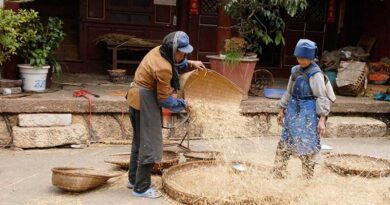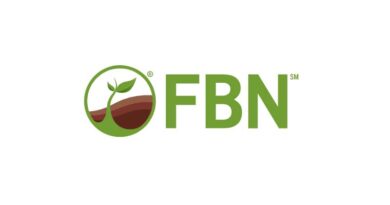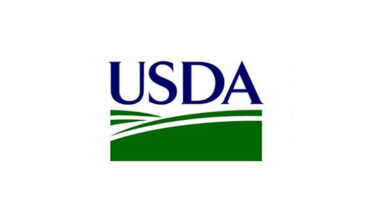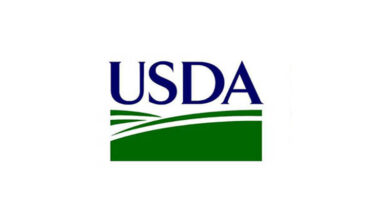The Sudan: Food security crisis intensifies amid ongoing conflict and economic challenges
04 August 2023, Khartoum: The Food and Agriculture Organization of the United Nations (FAO) raises a dire warning about the escalating food crisis in the Sudan. As conflict and economic decline continue to ravage the country, urgent and intensified humanitarian support for rural communities is urgently needed.
According to the latest Integrated Food Security Phase (IPC) projections, over 20.3 million people, representing more than 42 percent of the population in the country, are experiencing high levels of acute food insecurity (IPC Phase 3 or above) between July and September 2023. Compared to the results from the last IPC analysis conducted in May 2022, the number of highly food insecure people has nearly doubled.
With 14 million people facing Crisis (IPC Phase 3) and nearly 6.3 million people facing Emergency (IPC Phase 4) levels of acute hunger, the situation is critical. The states most severely affected are grappling with active conflict, including Khartoum, South and West Kordofan, and Central, East, South and West Darfur, where over half of the population is facing acute hunger.
The violence has resulted in the large-scale displacement of over 2.6 million people across the country and forced over 700 000 individuals to seek refuge in neighboring countries. Critical infrastructure, including healthcare facilities, power sources, and telecommunications, has suffered significant damage, further exacerbating food insecurity and malnutrition. Market disruptions and soaring food prices have compounded the population’s struggle to access essential goods and services.
FAO’s Assistant Director-General and Regional Representative for the Near East and North Africa, Abdulhakim Elwaer, expressed his deep concern about the situation, stating, “The conflict has had devastating consequences on the food and nutrition security and well-being of millions of people. Families are facing unimaginable suffering, and it is vital that FAO is stepping in to support more than 1 million farmers this season to produce enough food for Sudanese people.”
FAO’s response
FAO’s response to the crisis has been swift and comprehensive. Despite the complex security conditions, the Organization has procured 8 840 tonnes of cereal (sorghum and millet) and okra seed, reaching more than half million farming households across the country with the support of the Government of the United States of America, Norway, Germany and the Kingdom of the Netherlands, and the Central Emergency Response Fund. The emergency seed distribution campaign aims to expand to reach up to 1 million farmers in time for the planting season, ensuring sufficient cereal production to cover the needs of up to 19 million people for a year.
With the support of the United Nations Office for the Coordination of Humanitarian Affairs (OCHA), FAO became the first UN agency to reach West Kordofan since the conflict began. This milestone has facilitated access to North, East, and South Darfur, allowing FAO to broaden its assistance to vulnerable communities.
FAO’s efforts to combat the food crisis are hampered by limited resources. The Organization urgently requires USD 65 million to reach 1 255 000 vulnerable households (almost 6.3 million people) and provide agropastoral households with quality seeds and training for the 2023 winter and 2024 summer farming seasons; restore and improve access to milk for pastoral households; protect the livestock assets of vulnerable households through animal vaccinations; and provide fishing gear and equipment to support the livelihoods of vulnerable fishing households.
Looking ahead
The projections for the upcoming period from October 2023 to February 2024 paint a concerning picture, with around 15 million people likely to face IPC Phase 3 or above levels of acute food insecurity— the highest recorded figure coinciding with the country’s harvesting season. Greater Darfur, Greater Kordofan, and Khartoum State are expected to be the regions with the highest number of people in IPC Phase 3 (Crisis) and 4 (Emergency). During this period, millet and sorghum harvests are expected to increase slightly, which will help replenish household stocks, improve livestock health, and enhance milk production. However, this improvement may not be sufficient to meet the growing food needs, especially in states heavily reliant on rain-fed agriculture. The high cost of agricultural inputs (seeds, tools, fertilizer), labour and disrupted agricultural activities are threatening crop production and exacerbating the food crisis.
“We remain committed to supporting rural families in the Sudan during these challenging times. But this crucial work cannot be sustained without timely resources. Agriculture is a lifeline; and as the main agriculture season begins, urgent action is required to prevent further deterioration of the food security situation and to save lives and livelihoods,” said Hongjie Yang, FAO Representative in the Sudan.
FAO is on the frontlines working with local partners and the humanitarian community to provide lifesaving assistance to vulnerable rural communities in the Sudan.
Also Read: The rise of India’s population and the rise of the technologies to feed it
(For Latest Agriculture News & Updates, follow Krishak Jagat on Google News)

